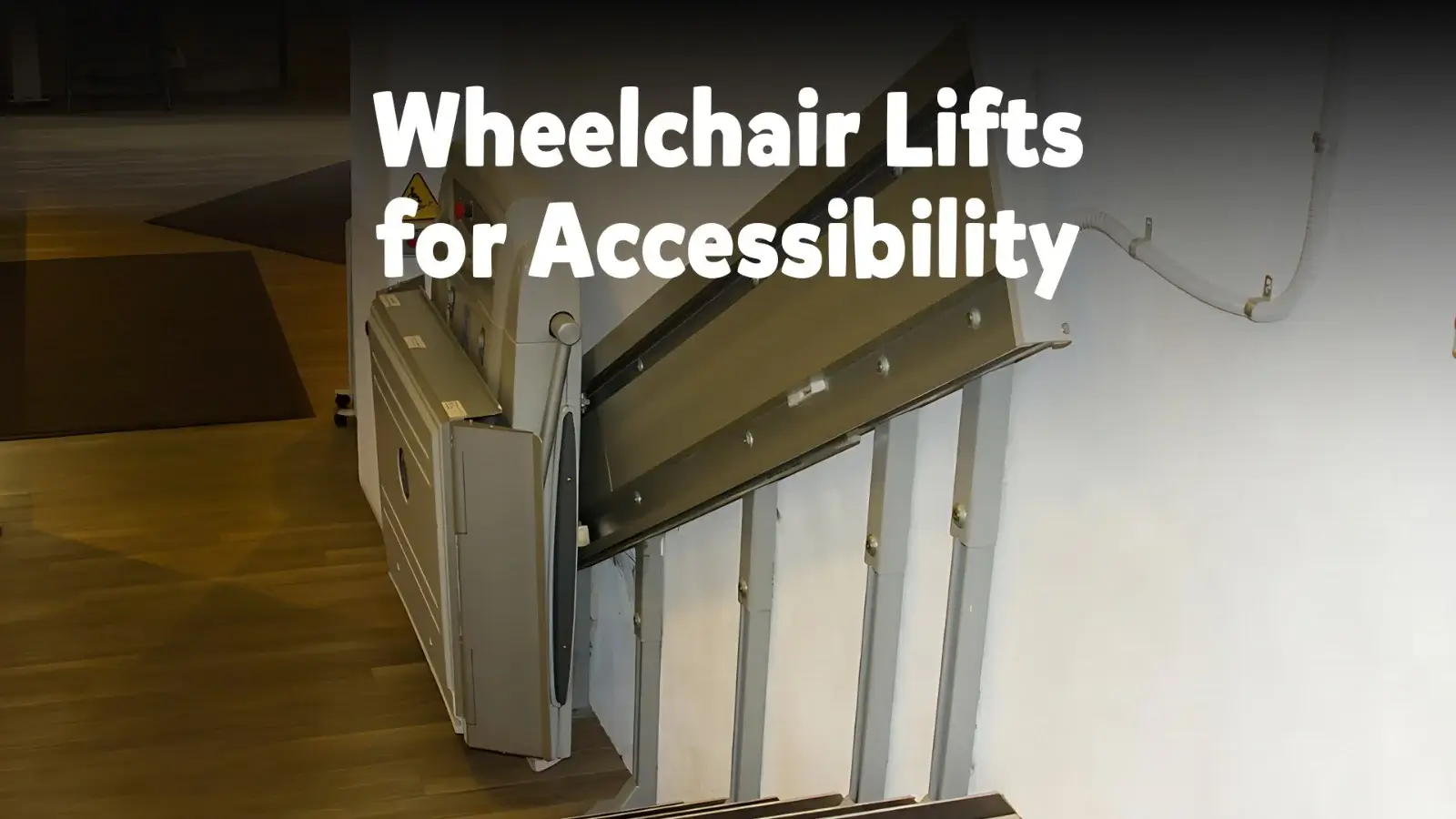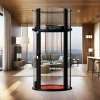Wheelchair lifts, also known as accessibility lifts or lifts for wheelchairs, are essential devices that provide increased mobility and independence for individuals with disabilities. These lifts are designed to transport wheelchair users between different levels of a building, enhancing accessibility and promoting an inclusive environment. Here are some key benefits of wheelchair lifts for accessibility.
1. Enhanced Mobility and Independence
Easy Access to Different Levels
- Vertical Transportation: Wheelchair lifts enable users to move easily between floors in homes, offices, and public buildings, overcoming barriers such as stairs and elevated entrances.
- Independence: By providing a means of independent movement, wheelchair lifts empower users to navigate their environment without relying on assistance from others.
2. Improved Safety
Safe Movement
- Stable Platform: Wheelchair lifts are equipped with stable platforms that ensure safe and secure transportation for users.
- Safety Features: Modern wheelchair lifts include safety features such as non-slip surfaces, handrails, safety belts, and emergency stop buttons to prevent accidents and ensure user safety.
Reduced Risk of Injuries
- Avoiding Stairs: Using a wheelchair lift eliminates the need to navigate stairs, which can be hazardous for wheelchair users and those with limited mobility.
- Less Physical Strain: For caregivers and family members, wheelchair lifts reduce the physical strain associated with lifting and transferring individuals in and out of wheelchairs.
3. Versatility and Convenience
Various Types of Lifts
- Vertical Platform Lifts: Ideal for straight vertical travel, these lifts can be installed indoors or outdoors and are suitable for residential and commercial settings.
- Inclined Platform Lifts: Designed to travel along the incline of a staircase, these lifts are a great solution for multi-story buildings with limited space for vertical lifts.
- Portable Wheelchair Lifts: These mobile units can be moved as needed, providing flexibility for temporary or multiple locations.
Customization Options
- Tailored Solutions: Wheelchair lifts can be customized to fit specific architectural requirements and aesthetic preferences, ensuring seamless integration into the building’s design.
- Adjustable Features: Options such as adjustable platform heights, remote controls, and automatic door openers add to the convenience and usability of wheelchair lifts.
4. Increased Property Value
Appeal to a Broader Market
- Accessibility Features: Properties equipped with wheelchair lifts are more attractive to a wider range of buyers and renters, including those with mobility challenges and elderly individuals.
- Compliance with Accessibility Standards: Installing wheelchair lifts helps buildings comply with legal accessibility standards and regulations, such as the Americans with Disabilities Act (ADA), making them more marketable and future-proof.
5. Promoting Inclusivity
Inclusive Environment
- Equal Access: Wheelchair lifts promote inclusivity by providing equal access to all areas of a building for individuals with disabilities.
- Social Integration: By removing physical barriers, wheelchair lifts enable individuals with mobility challenges to participate more fully in social, educational, and professional activities.
Enhancing Public Image
- Community Support: Businesses and public facilities that invest in wheelchair lifts demonstrate a commitment to accessibility and inclusivity, enhancing their public image and community support.
- Corporate Responsibility: Installing accessibility lifts reflects positively on an organization’s corporate social responsibility efforts, showing that they value and support diversity and inclusion.
6. Cost-Effective Solution
Affordable Installation
- Budget-Friendly Options: Wheelchair lifts are available in a range of prices, making them a cost-effective solution compared to major renovations or relocations to more accessible buildings.
- Minimal Space Requirements: Many wheelchair lifts require minimal space for installation, reducing the need for extensive modifications and keeping costs down.
Long-Term Savings
- Durability and Reliability: High-quality wheelchair lifts are built to last, offering long-term reliability with minimal maintenance costs.
- Energy Efficiency: Modern wheelchair lifts are designed to be energy-efficient, reducing operational costs over time.
Conclusion
Wheelchair lifts offer numerous benefits that significantly enhance accessibility, safety, and independence for individuals with disabilities. By providing a practical solution for overcoming physical barriers, these lifts promote an inclusive environment in both residential and commercial settings. The versatility, convenience, and long-term value of wheelchair lifts make them an essential investment for creating accessible spaces and fostering a more inclusive society.








